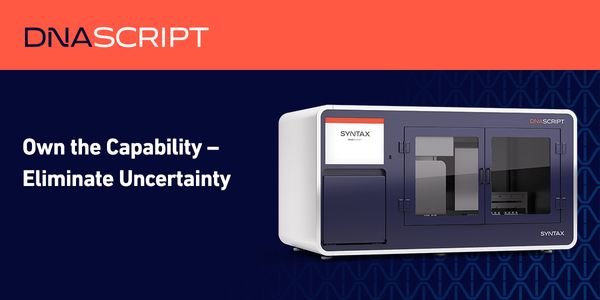Next-Generation Sequencing for Diagnosis and Surveillance of Emerging Infections
-
Charles Chiu, MD, PhD
Associate Professor, Laboratory Medicine and Medicine / Infectious Diseases Director, UCSF-Abbott Viral Diagnostics and Discovery Center Associate Director, UCSF Clinical Microbiology LaboratBIOGRAPHY
Next-generation sequencing (NGS) technologies are powerful approaches for diagnosis and surveillance of emerging infections. Unbiased metagenomic NGS can detect the full spectrum of pathogens - viral, bacterial, fungal, or parasite - in clinical samples without the use of targeted primers or probes. Gene expression (transcriptome) profiling using NGS can facilitate the identification for host response biomarkers that may have diagnostic and prognostic utility. New technologies such as nanopore sequencing on a USB-sized platform can enable real-time sequencing analysis in field settings for management and diagnosis of outbreaks, such as Ebola outbreaks in Africa. Here we will discuss development and implementation of NGS approaches to addressing emerging infections in the United States and globally, including Lyme disease, enterovirus D68, chikungunya virus, and Ebola virus. Learning Objectives • To understand the principles and approach of metagenomics next-generation sequencing for unbiased detection of emerging pathogens • To understand how gene expression profiling of infectious diseases can facilitate the identification of diagnostic biomarkers • To understand clinical and public applications of NGS for emerging infections, including Lyme disease, enterovirus D68, chikungunya virus, Ebola virus.
Next-Generation Sequencing for Diagnosis and Surveillance of Emerging Infections
Please update your information
Certificate of Participation
DOWNLOAD CERTIFICATE






